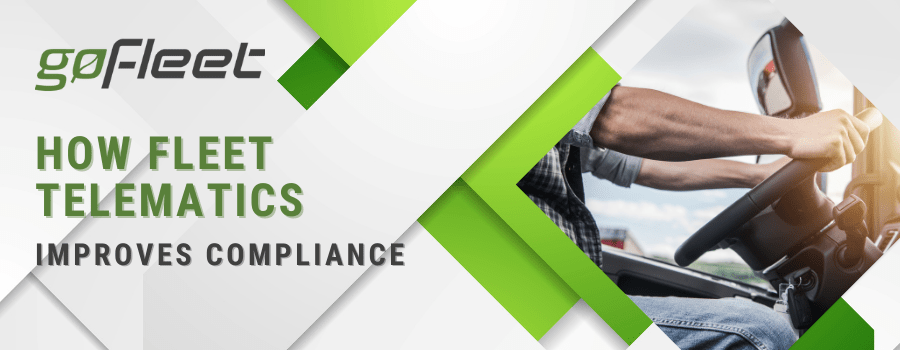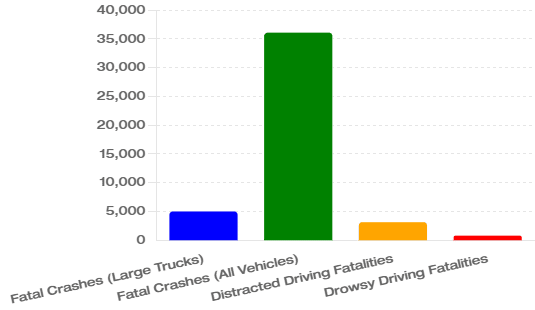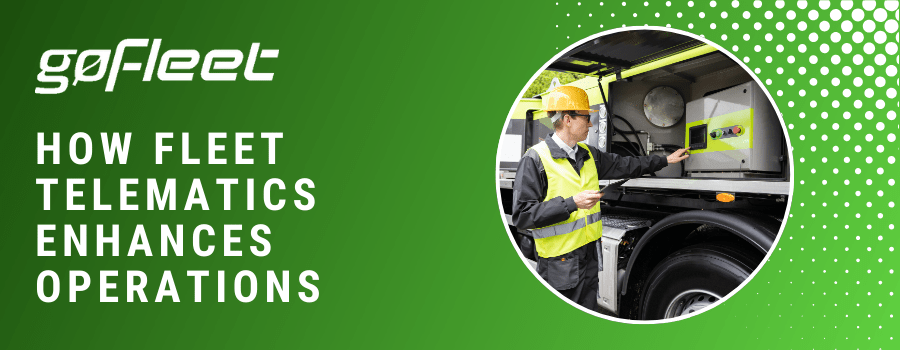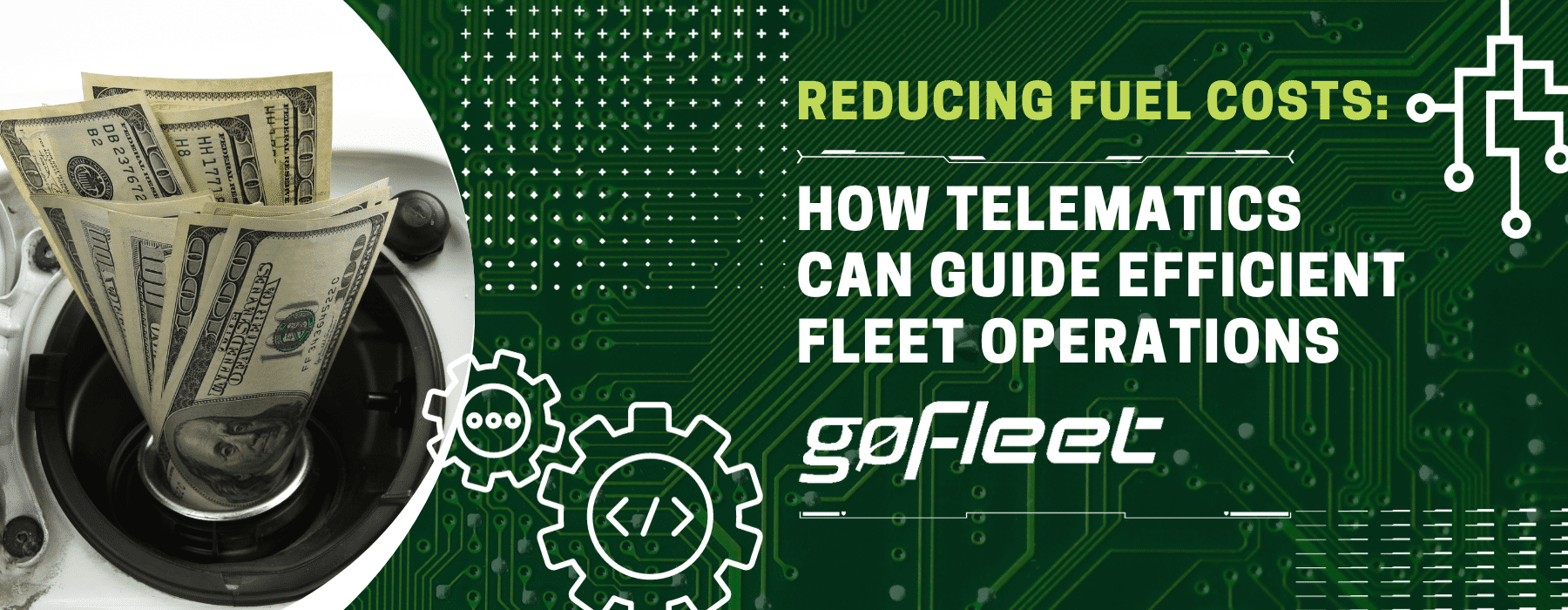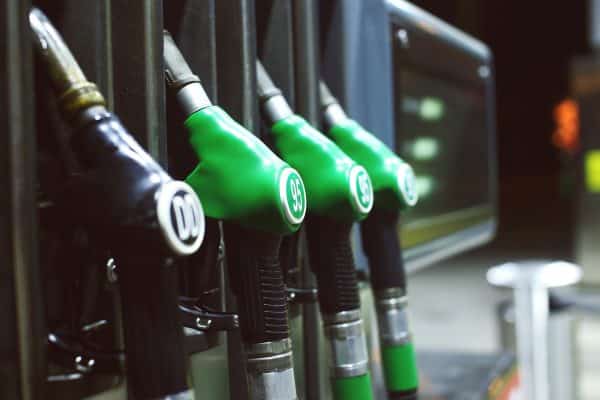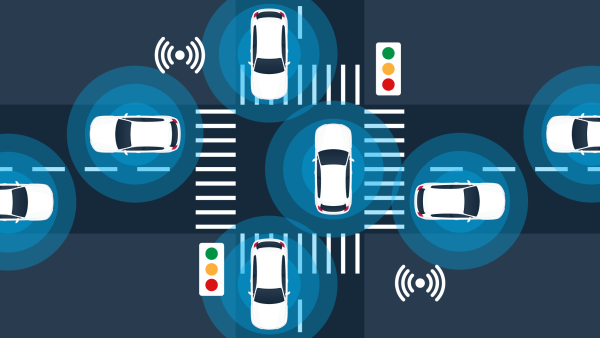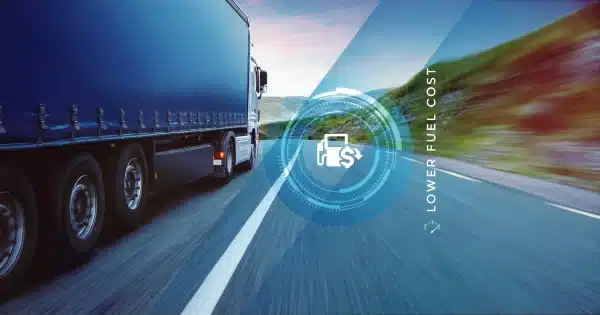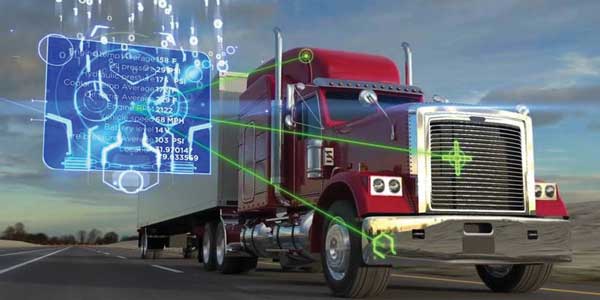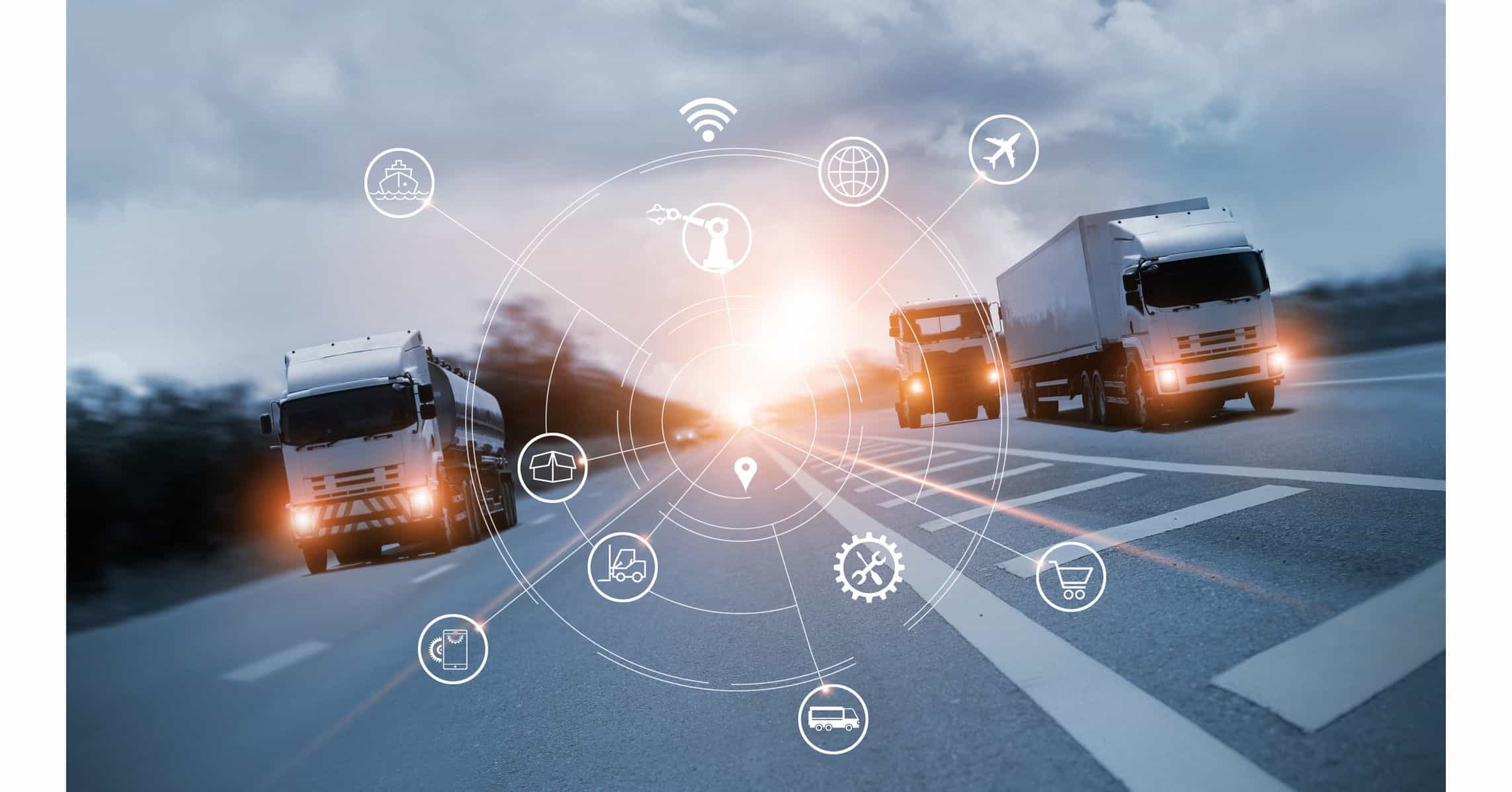Fleet telematics has become a critical component in the transportation industry, offering powerful tools to enhance the management and efficiency of fleets. By integrating GPS, IoT, and data analytics, telematics provides real-time insights and comprehensive oversight of vehicle operations, ensuring that fleets operate smoothly and efficiently.
In this post, we’ll explore how telematics plays a key role in ensuring compliance with industry regulations and standards, including monitoring driver behavior, tracking hours of service, and maintaining accurate records, all of which are essential for meeting regulatory requirements.
How Does Telematics Support Adherence to Regulatory Standards?
Telematics systems play a crucial role in ensuring that fleets comply with industry regulations by automatically tracking and recording important data such as driving hours, vehicle maintenance, and speed. This automated data collection helps fleet managers ensure that their operations adhere to legal requirements, making compliance with safety and operational standards simpler and more reliable.
What Compliance Issues Are Addressed by Telematics Solutions?
Telematics solutions address several common compliance issues, including:
- Hours of Service (HOS) Monitoring: Telematics tracks driving hours and rest periods, helping to ensure that drivers do not exceed legal limits, which promotes safety and reduces the risk of fatigue-related incidents.
- Electronic Logging Devices (ELDs): These devices automatically record driving time, making it easier to maintain accurate logs and comply with regulations. ELD compliance is governed by the Federal Motor Carrier Safety Administration (FMCSA) in the United States. According to FMCSA regulations, commercial drivers are required to use ELDs to track their hours of service (HOS). This regulation helps ensure that drivers adhere to HOS rules, preventing overwork and reducing fatigue-related accidents. ELD devices not only record driving time but also store data that can be reviewed during inspections to verify compliance.
- Vehicle Maintenance: Telematics systems schedule and track regular maintenance, ensuring that vehicles meet safety standards and reducing the likelihood of mechanical failures.
By addressing these compliance issues, telematics systems help fleets avoid violations and penalties, ensuring smooth and lawful operations.
How Are Telematics Systems Integrated with Compliance Management Processes?
Telematics systems are seamlessly integrated with compliance management processes by connecting directly to vehicles and central management platforms. These systems automatically gather and report data such as driving hours, vehicle inspections, and speed records. This integration ensures that all compliance-related information is collected accurately and efficiently, providing a comprehensive overview of fleet operations.
What Are the Benefits of Integration for Regulatory Adherence and Operational Transparency?
Integrating telematics with compliance management offers significant benefits for regulatory adherence and operational transparency. It ensures that all regulatory requirements are consistently met by providing accurate, real-time data on fleet activities. This transparency simplifies audits and inspections, as all necessary records are readily available and up-to-date. Additionally, it helps in identifying and addressing compliance issues quickly, reducing the risk of violations and enhancing overall fleet management efficiency.
How Do Telematics Tools Help Monitor Driver Adherence to Regulations?
Telematics tools are instrumental in monitoring driver compliance by tracking essential data such as driving hours, speed, and rest periods. These systems automatically log this information, ensuring that drivers adhere to regulations like Hours of Service (HOS) and speed limits. The data is then analyzed to identify any deviations from legal requirements, enabling fleet managers to take corrective actions promptly.
Statistics on Driver Accidents
Here is a bar chart illustrating the number of crashes by type for the year 2022:
- Fatal Crashes (Large Trucks): 5,005
- Fatal Crashes (All Vehicles): 36,096
- Distracted Driving Fatalities: 3,142
- Drowsy Driving Fatalities: 800
More detailed statistics can be found in the FMCSA Large Truck and Bus Crash Facts report.
What is the Impact on Reducing Violations and Enhancing Safety?
By providing real-time monitoring and alerts, telematics significantly reduces the likelihood of regulatory violations. Drivers receive instant feedback on their driving behaviors, which helps them adhere to safety protocols and legal limits. This proactive approach not only minimizes violations but also enhances overall road safety, leading to fewer accidents and safer fleet operations.
How Does Telematics Automate Documentation and Reporting?
Telematics systems automate the documentation and reporting processes by continuously recording data such as driving hours, vehicle status, and compliance with safety regulations. This data is automatically compiled into reports that can be easily accessed and analyzed by fleet managers. Automation ensures that records are accurate, up-to-date, and ready for review without the need for manual data entry, which reduces errors and saves time.
What Enhancements in Maintaining Accurate Records and Facilitating Audits Does Telematics Offer?
Telematics enhances the accuracy of records by providing real-time data directly from vehicles, ensuring that all information is precise and reliable. This automated documentation simplifies audits, as comprehensive and accurate records are readily available, facilitating a smoother audit process. Fleet managers can quickly generate detailed reports to demonstrate compliance with regulatory requirements, reducing the administrative burden and enhancing transparency.
How Does Telematics Automate Compliance Checks?
Telematics systems automate compliance checks by continuously monitoring and recording key data points such as driving hours, vehicle conditions, and adherence to safety regulations. These systems use sensors and GPS data to track compliance metrics in real-time, automatically generating alerts and reports when deviations occur. This automation ensures that compliance checks are consistent, timely, and accurate, reducing the need for manual inspections and oversight.
How Does Telematics Manage Hours-of-Service and Vehicle Inspections?
Telematics plays a crucial role in managing Hours-of-Service (HOS) by automatically logging driving and rest periods, ensuring drivers do not exceed legal limits. This data is instantly available for review, making it easy to identify potential violations and take corrective action. For vehicle inspections, telematics systems monitor critical parameters such as engine health, brake conditions, and tire pressure. Automated alerts are generated if any issues are detected, prompting timely maintenance and ensuring vehicles meet safety standards. This proactive management helps maintain compliance with regulations and enhances overall fleet safety.
Final Thoughts
Telematics plays a critical role in maintaining compliance within the transportation industry by automating the tracking of essential data such as driving hours and vehicle inspections. By providing accurate, real-time data and automating compliance checks, telematics systems simplify the management of regulatory requirements and improve operational transparency.
Adopting telematics is essential for achieving regulatory assurance and maintaining operational integrity. Contact us at GoFleet to future-proof your fleet operations and ensure compliance with industry standards.
